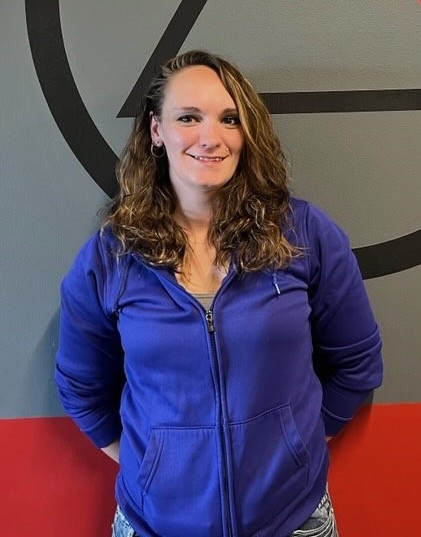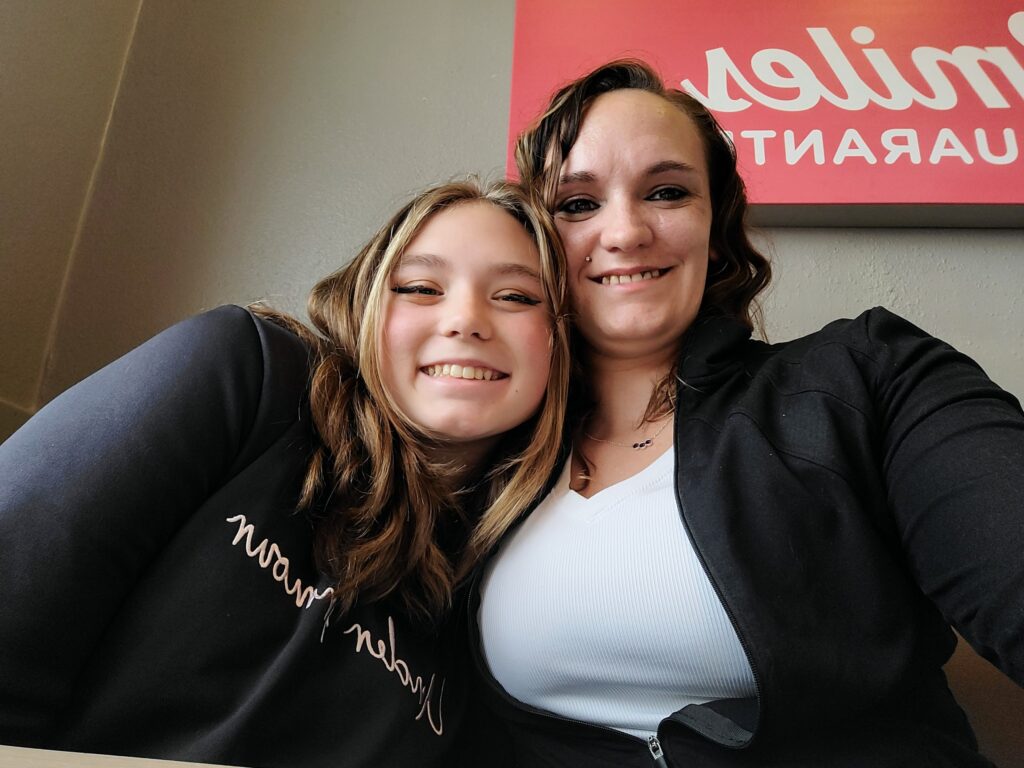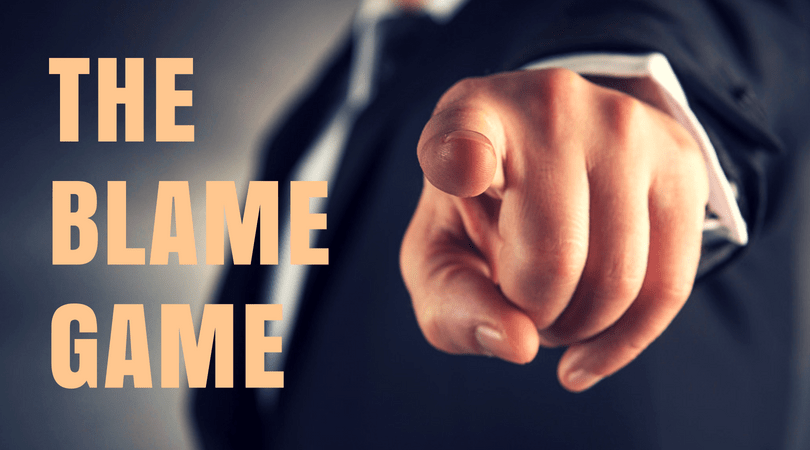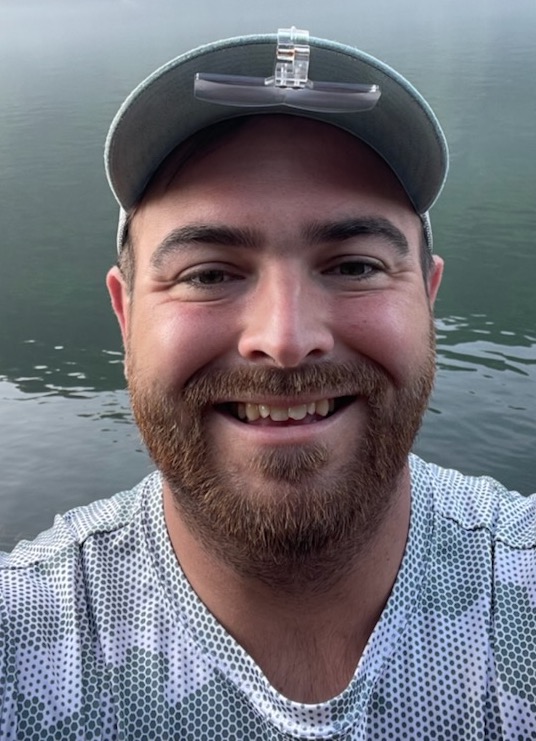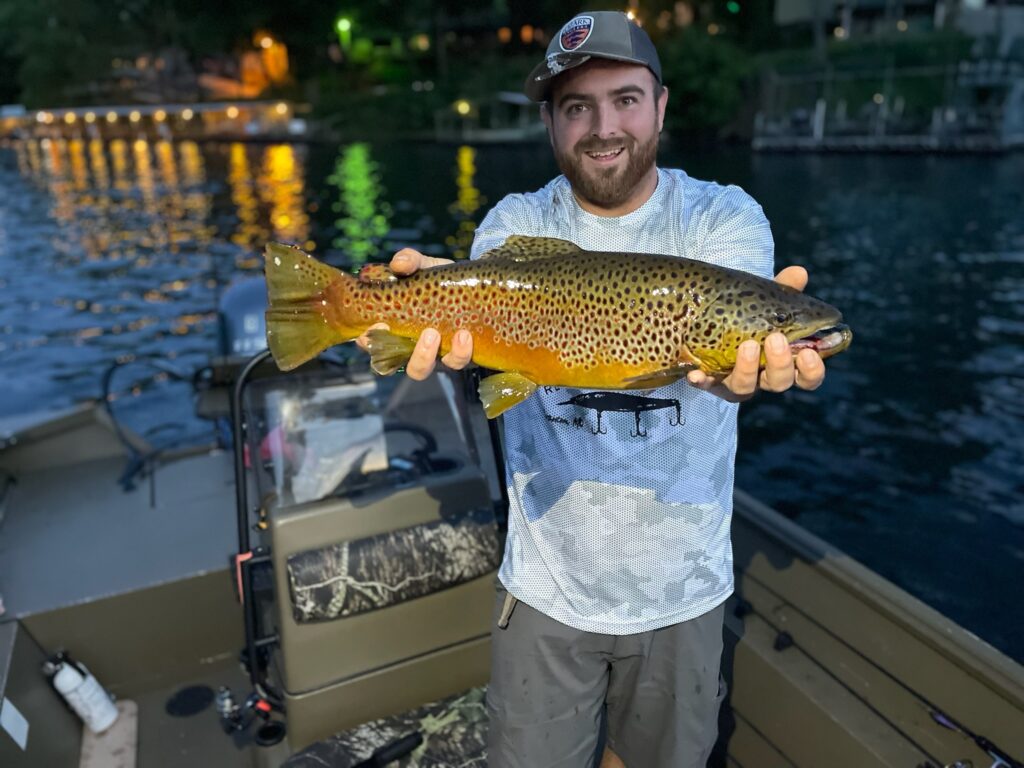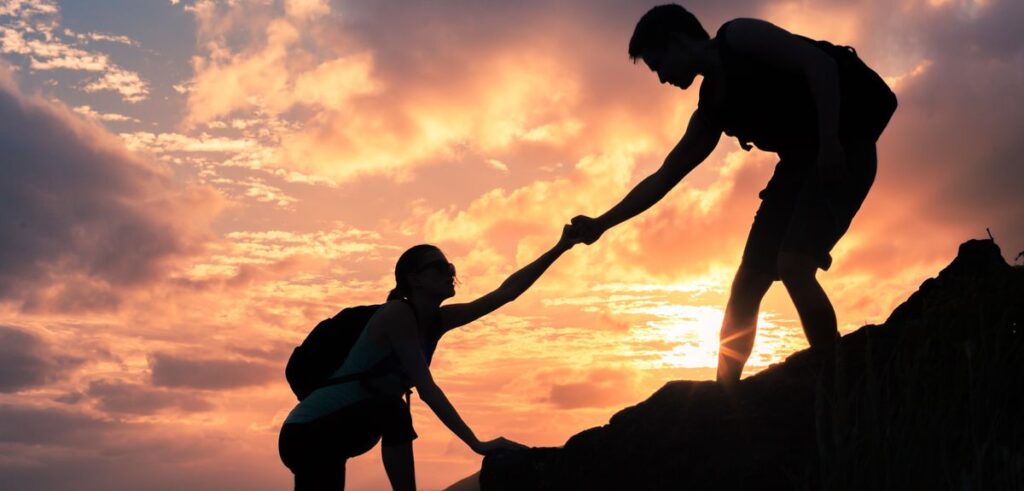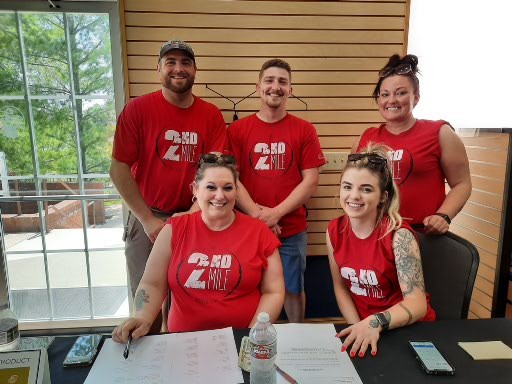Tamara Spencer, Walking in Newness of Life
This month we talked to CORE’s own Tamara Spencer! She’s been with us for a mere 18 months, but her recovery resume already is impressive – house manager, Second Mile membership, Common Solution Recovery (CSR) instructor, recovery meeting chairperson, children’s ministry, and a CORE employee, too. Whew! It sounds like a lot. It is, actually, but she handles her recovery activities with such newness, awe, and appreciation that her enthusiasm melts even the hardest of hearts.

One little known fact about Tamara is that she gets excited about helping to make the City of Branson look beautiful:
I’m in Second Mile, a program offered here at CORE which, after you commence, you can become part of. We do lots of stuff . . . . We also have a stretch of road out there by Walmart [i.e., Highway 65] that we keep clean every month. It’s a big job, but it’s part of giving back to our community. Making sure everything looks nice. That stretch is so important – it’s got to look nice for people who come to Branson every year.
Tamara has been transformed. She’s not the same person who arrived to us in March 2021, whose entire life before then had been anything but normal.
“I grew up in addiction,” she says, “the people I looked up to, everybody around me, was using drugs and alcohol. My mom said, if there’s anything you want to try, just bring it home where you can be safe. We’ll do it together.” She also spent her childhood in the shadow of abusive male figures. To escape, Tamara emancipated herself at the age of 15.
Thereafter, she lived the life of a weekend warrior, while remaining close to her mother. Tamara had her share of abusive relationships, and she had children, too. “Through all these ups and downs, in these bad relationships and all, my mom and I were all each other really had,” she remembers. Then, her mother died:
The real addiction started when mom passed away. I was 26. There was no more here and there, weekend warrior using. It was every day, nonstop, all the time.
What followed was a decades-long odyssey of drugs and alcohol. Tamara hit more so-called rock bottoms than she can count. She also went through numerous treatments and rehabs, all to no avail. Finally, in early 2021, her life reached an impasse. Tamara’s daughter and family returned home from a weekend outing to find her, intoxicated and passed out, in their home. Her daughter gave her the classic “I can’t do this with you any more” talk, and strongly suggested that her mom go to CORE.
Tamara agreed even though at that time she wasn’t entirely sold on the idea. She’d never really been sober, or thought about remaining sober, during her entire adult life. On top of that, “I was fearful; I didn’t know what to expect,” she says, “I just did it – that’s what I was told to do. I did it because that’s what my daughter wanted.”
God’s greatest miracles happen when we least expect them. In fact, CORE’s clients come to us from a myriad of circumstances. They come from all walks of life, and all socioeconomic strata. Notwithstanding, every client who recovers can pinpoint a pivotal moment at CORE that changes their lives forever. The particulars will differ, but each has sudden insight or discovery that opens their hearts to listening, learning, and applying the lessons of the Big Book. For Tamara, this happened on her third day here, and involved something she overheard from one of her new house mates:
So, I’m laying in my bed and hear some of the girls doing a Big Book study in the kitchen. They were on the 3rd Step, and I heard someone talking about conceding that your life is unmanageable and declaring this prayer, making a declaration to God, that you’re going to turn your will and your life over to Him. It was an “aha moment” for me. I got up out of bed and I asked if I could join them.
Just think what would have happened had I not heard that. It just clicked. So when I said my 3rd Step Prayer, it was a contract, a contract between God and me, for me to sit down, read the Big Book, and see what the 12 Steps have to offer. It was a huge step, because nothing in my entire life had ever worked. In that moment, my life took a turn.
Once her heart was in the right place, Tamara began studying her Big Book in earnest, and she would “carry it around wherever I went. Any chance I got, I’m in those first 164 pages.” Within a couple weeks, she started writing on Step Four to discover her character defects. By the time she completed Step Five, Tamara told us, her experience already had shown her why the 12 Steps were important to recovery. “Things just started waking up for me,” she said, and “I’ve been in the solution ever since.”
Tamara credits her recovery to two things:
Coming here to CORE, and reading the Big Book. Flat out, that’s what led to my spiritual awakening. In that order, too. Could I have one without the other? I don’t think so. I needed that combination to have this miracle in my life. And the AA Big Book opened up the conception of God for me. The book laid it out in a way that I could accept – or that was acceptable to me, and that I was worthy of.
Today, she sees herself as “a happy balance of Christianity – maybe a little more spiritual than religious.” Tamara also spends time in daily prayer and meditation to improve her conscious contact with God. “I took the 11th Step literally, and I ran with it, doing it every day since my 5th Step.”
Tamara describes her recovery experience as amazing but, for her, good things were yet to come. For one, she commenced CORE’s one-year recovery program.
She also became a CSR instructor. Tamara went through our CSR presenter’s training, where clients learn to formally teach the 12 Steps in a classroom setting. “My first time [teaching] was super scary, my ears were red as apples,” she remembers, “but it’s God’s will that I share. I have a story to tell, and it might help save a life. We have a duty, as recovered addicts and alcoholics, to help the newcomer.”
Tamara manages our 6th Street House, too. The responsibility is completely rewarding, she says. If she makes a mistake, she gives an apology where due. Nevertheless, she sees herself as decisive, telling us “I don’t hesitate in anything that I do.” She continually emphasizes to her women the positives of being at CORE:
Some see being sent here as a punishment. This is an opportunity. CORE provides you with the structure. They take out all the guesswork. You make this one small payment a week, and you don’t have to worry about electric, water, cable – any of those living things that used to baffle us. You get a job, and you go to classes. When you have that aha moment, you can’t place a price on what you gain here. I’m in awe of it. This is God giving you a shot. It’s a really big opportunity, to change your entire existence into someone you didn’t even think you could be.
Tamara positively beamed while telling us about her two women from 6th Street House who commenced just this past month.
Finally, she’s been working for CORE for almost a year. “I love my job,” she says, “I’m grateful and take pride in what I do.” When asked if she sees herself with CORE in five years, Tamara replied, “Absolutely! I’m happy here, and content. Any time I can help somebody, I’m here. All they have to do is ask. I’m all for being here.”
We at CORE are so very happy for Tamara! Our hope and prayer are that she will continue to build a solid spiritual foundation and share her experience, strength and hope with the newcomer. We’re with her in the fellowship of the spirit, as we walk the road of happy destiny together.




